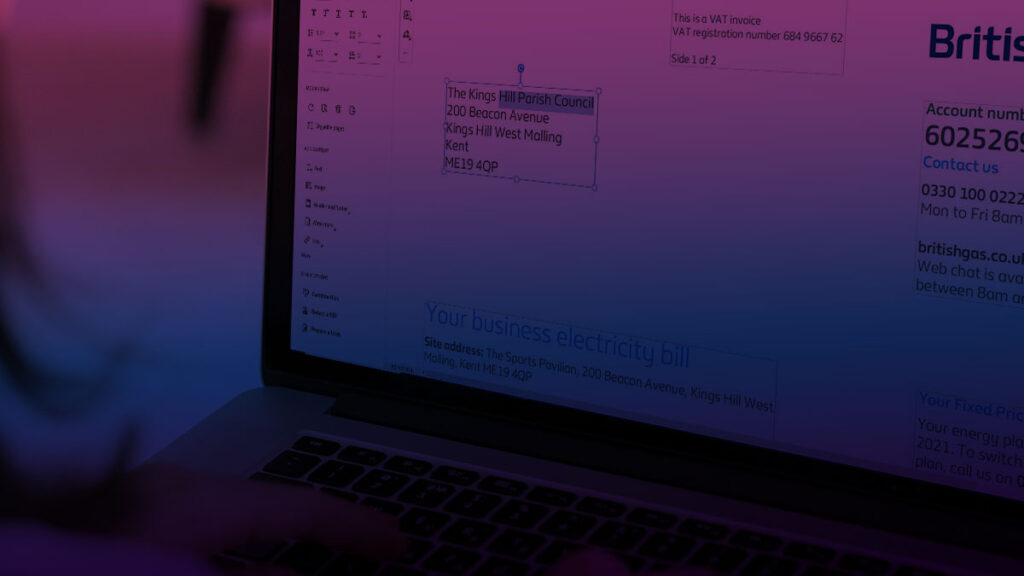
Anti-money laundering (AML) practices are measures taken by financial institutions and other regulated entities to prevent, detect, and report money laundering activities.
The use of utility bills, bank statements, passport scans, and storage of paper copies of documents as AML practices are increasingly being recognised as outdated and problematic. Modern AML software can help firms overcome the problems associated with manual processes and help unlock internal resources.
Outdated AML methods
Using printed copies of bank statements
Bank statements are often used to provide both financial evidence and proof of identity/address in AML due diligence processes. The latest figures from CIFAS reveal there was a 40% increase in false applications with a large proportion of false documents identified as either utility bills (40%) or bank statements (22%). Bank statements and utility bills can be easily altered and forged to help enable both identity theft and fraud. In addition, many people do not have access to these types of documents, which can create barriers for them to access your services.
Accepting photocopies of ID documents
Passports are considered one of the most reliable forms of identification, but using scans or photos of them as proof of ID is unreliable and open to abuse. Scans/photocopies can be easily manipulated, and there have been instances of fraudsters using fake or altered passport scans to open accounts or conduct transactions. Copies can be easily obtained through phishing scams, cyber-attacks, and misused by relatives/close contacts. The Good Practice Guide 45 (which is the UK government guidance on ID verification) explicitly forbids the use of photocopied documents as part of remote ID checks, instead insisting on original documents being provided.
Storing paper copies of documents
Many financial institutions and other regulated entities still rely on storing paper copies of documents as part of their AML processes. However, this can be problematic for a number of reasons. Firstly, paper copies can be lost, stolen, or destroyed, which can create difficulties in keeping accurate records of your customer due diligence. Retrieving paper records is also a lot more time-consuming than searching a database especially when people move on and haven’t kept up with their admin. In addition, storing paper copies requires physical space and resources, which can be costly and inefficient.
Alternative & modern AML methods
Open Banking sourced statements
Since its introduction in 2015, Open banking has been used by over six million people to better manage their finances. Outside of the banking system, it can also be used to securely send verified data to designated parties. Property professionals can take advantage of this innovative technology to make it easier for their clients to submit financial statements without having to leave their homes. Any submitted data is instantly verified and analysed to provide rich insights. Using open banking as part of your AML processes can make capturing the Source of Funds a whole lot simpler and more secure.
Digital Document Verification
Digital Identity Verification has not only grown in usage over the past few years it’s also widely supported by regulators and the suppliers themselves can be certified. There are different document verification methods from visual analysis that uses machine learning & AI to determine the authenticity of a document to using smartphones to read the cryptographic chip in a passport. Digital document verification technology is capable of determining if the document being presented has been tampered with, is a copy/image (not the genuine document), and whether the details match those of the person submitting it.
“Digital identity technology has come on leaps and bounds in recent years and if used properly can be a good way of mitigating the risks of money laundering, fraud and identity theft. Technology is an increasingly important tool in the fight against financial crime.” Colette Best, Director of AML, Solicitors Regulation Authority, LawTech UK, Joint Statement in support of digital identity technology in the legal sector report, 2022.
Digital storage
By using an AML platform for your customer due diligence not only can you securely capture ID documents but you can also benefit from improved storage and reporting. Digital document capture automatically contains more in-depth metadata that makes retrieving files a lot easier. For auditing purposes, all documents are available from one central repository as soon as they are captured rather than stored locally. Another benefit of digital storage is that access to files can restricted, minimising the risk of accidental data breaches.
In conclusion, the use of paper copies of utilities bills, bank statements, and ID documents as part of your AML practices is increasingly being recognised as high-risk and outdated. Financial institutions, property professionals and other regulated entities should consider adopting more modern and secure methods of customer due diligence and document storage, such as electronic identity verification and digital document storage. This can help to improve the effectiveness of AML processes and reduce the risk of fraud and money laundering.
